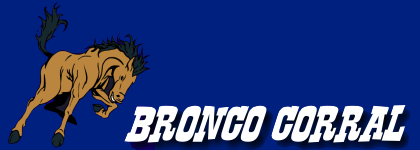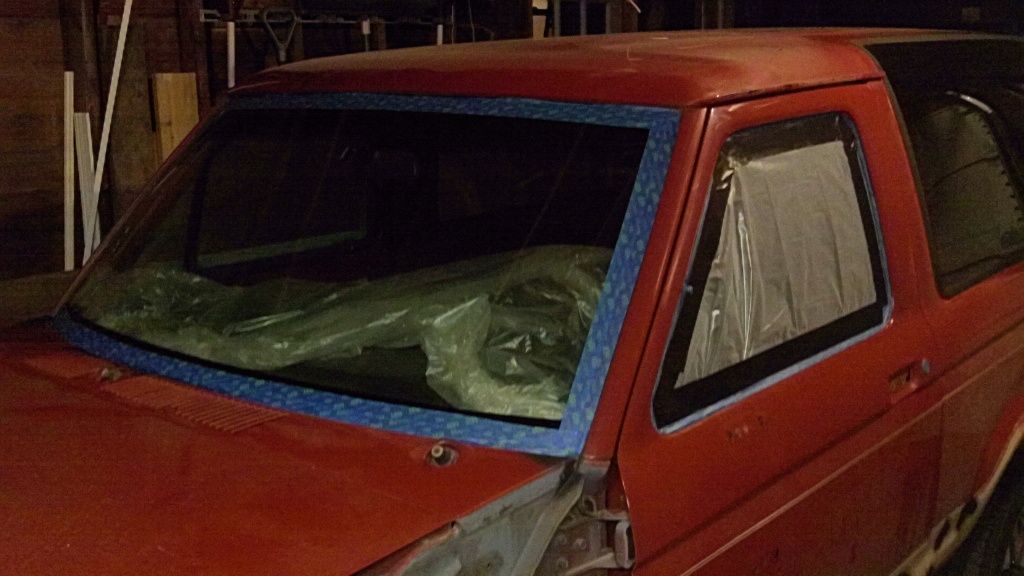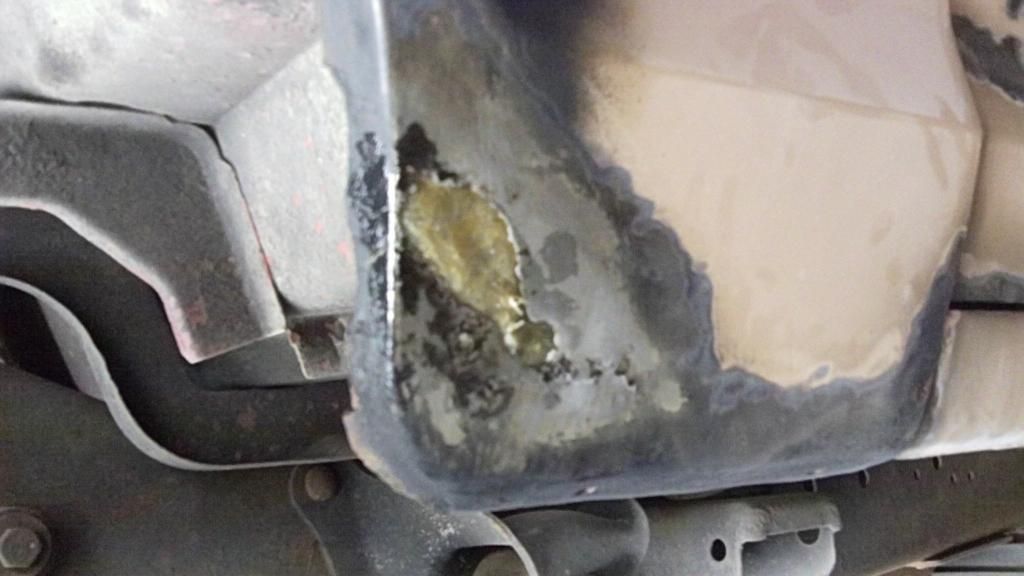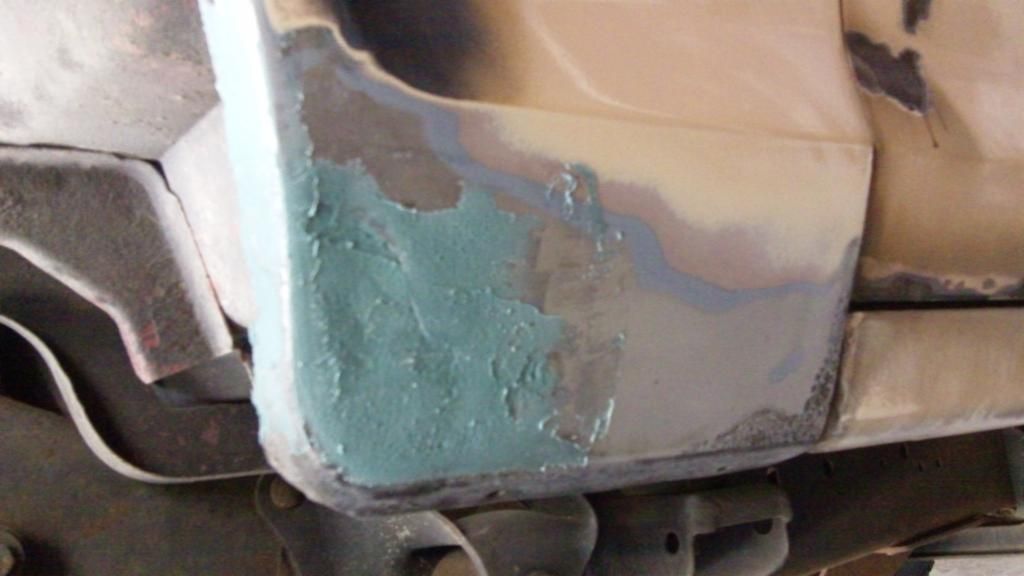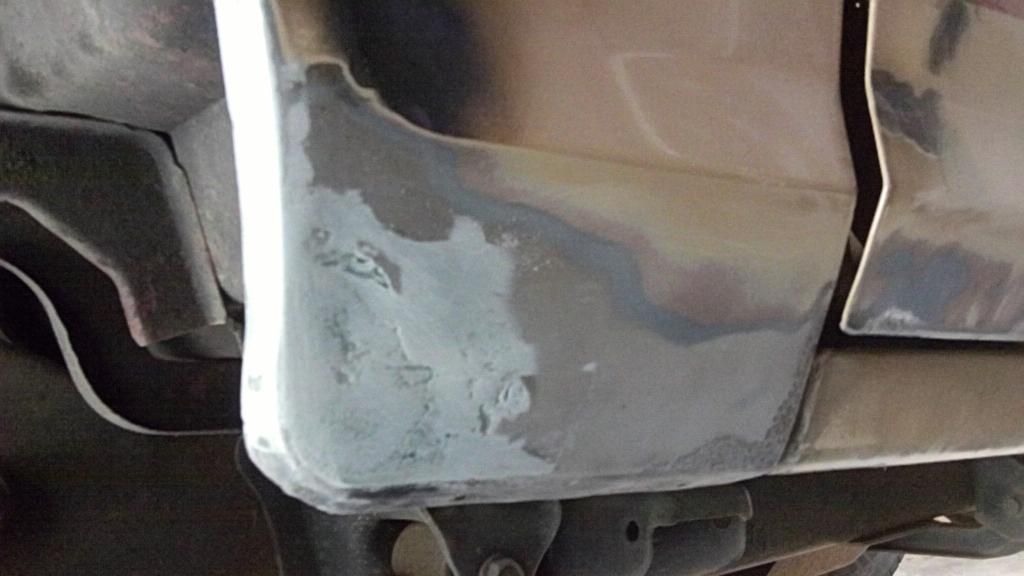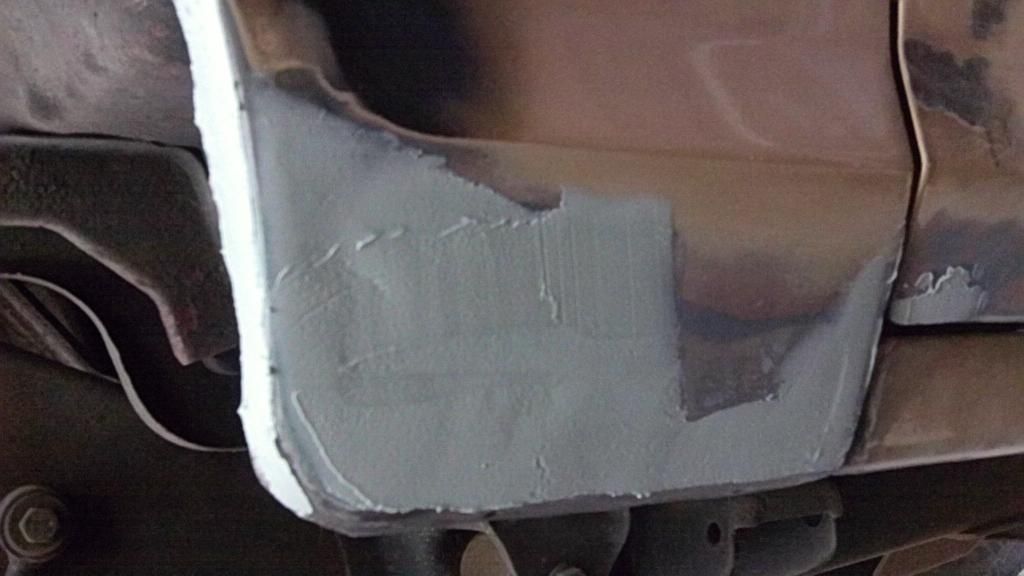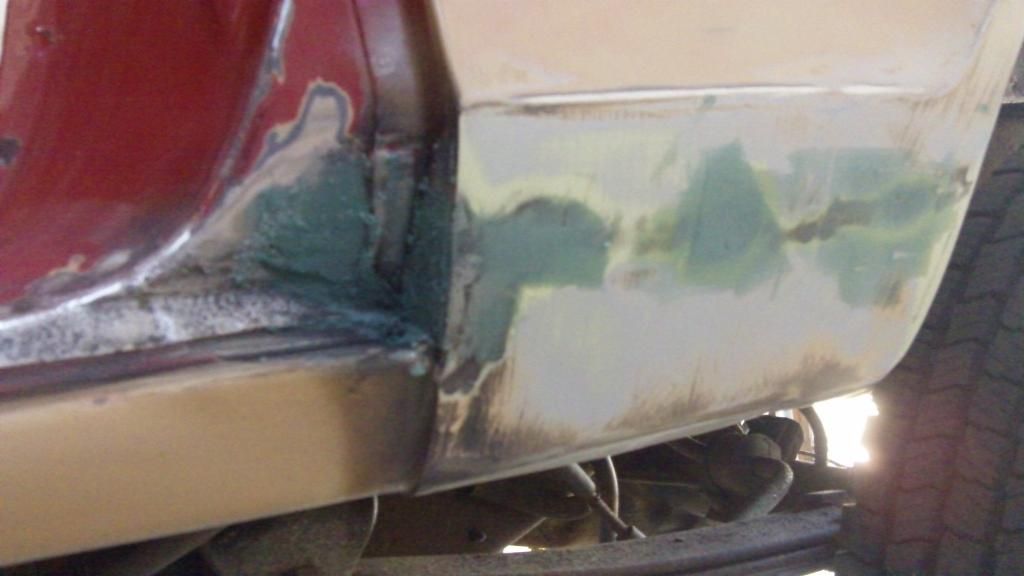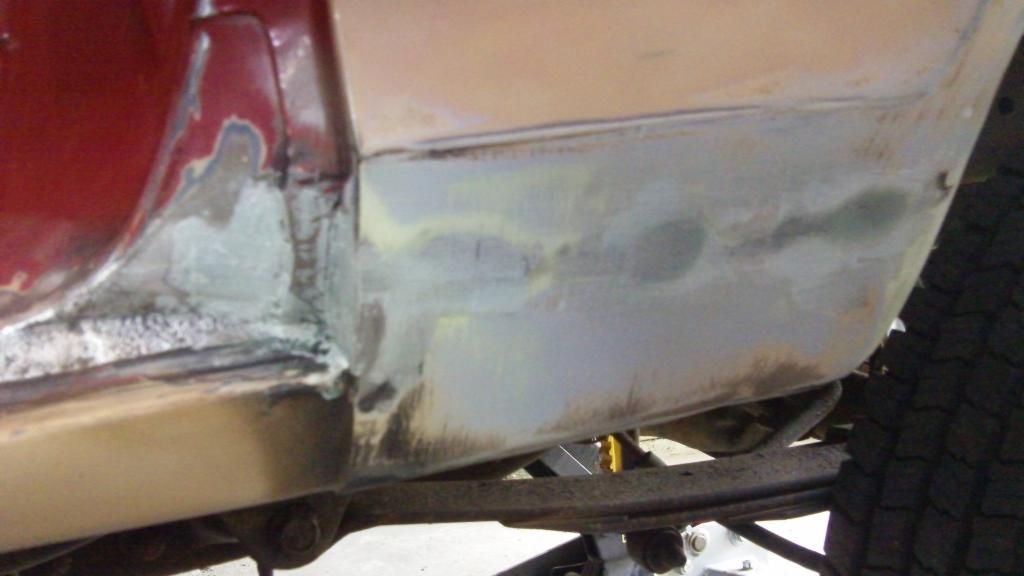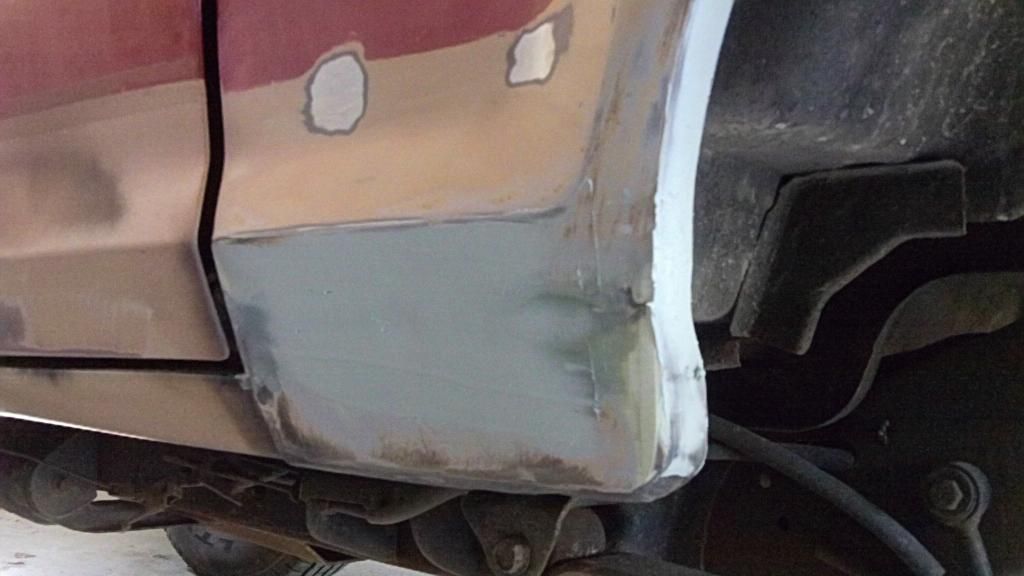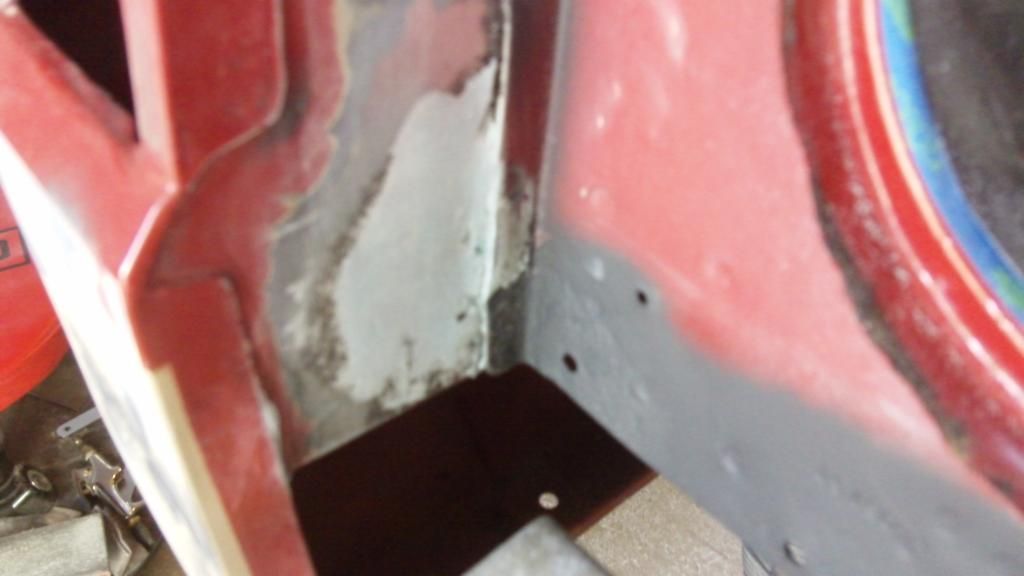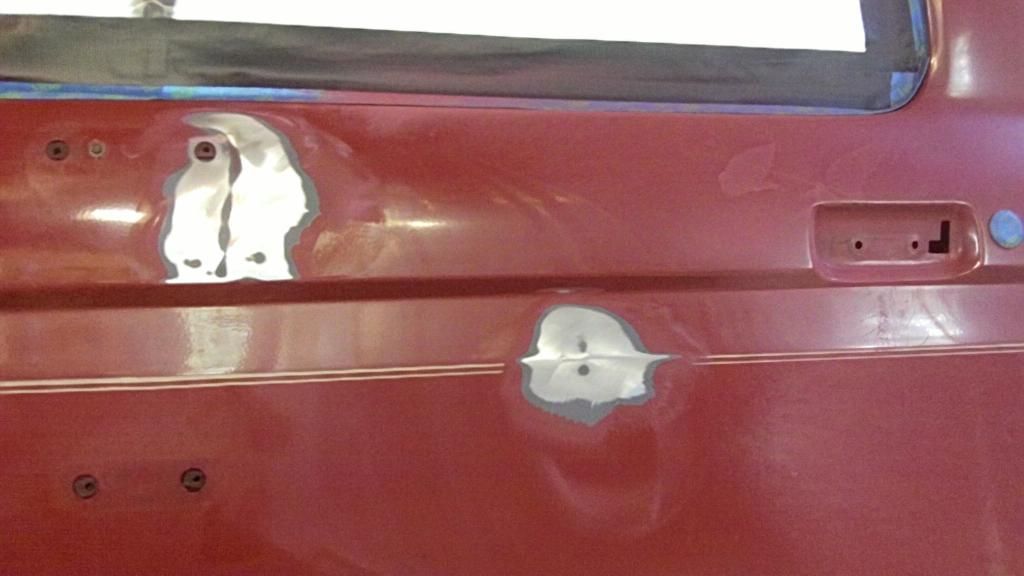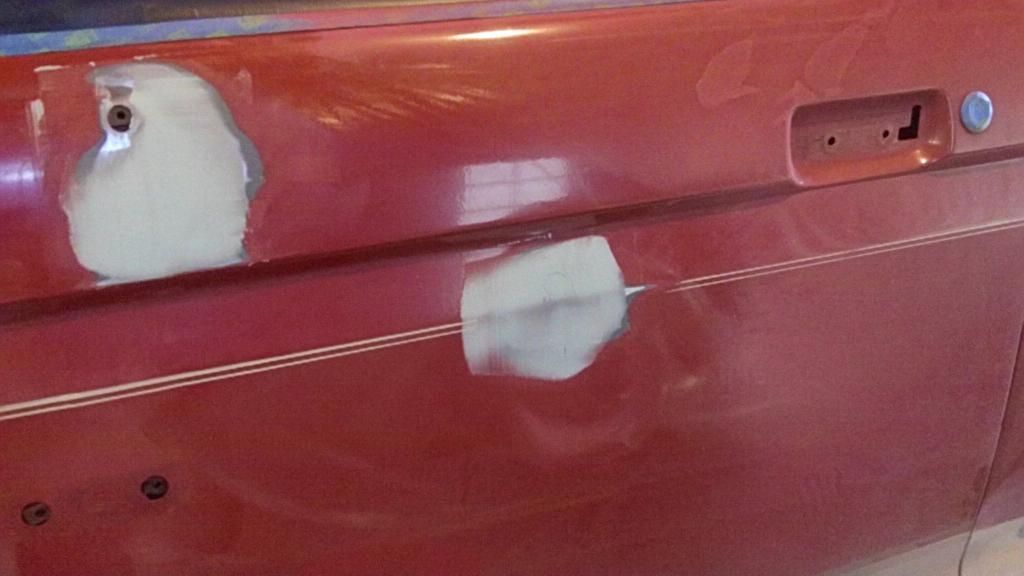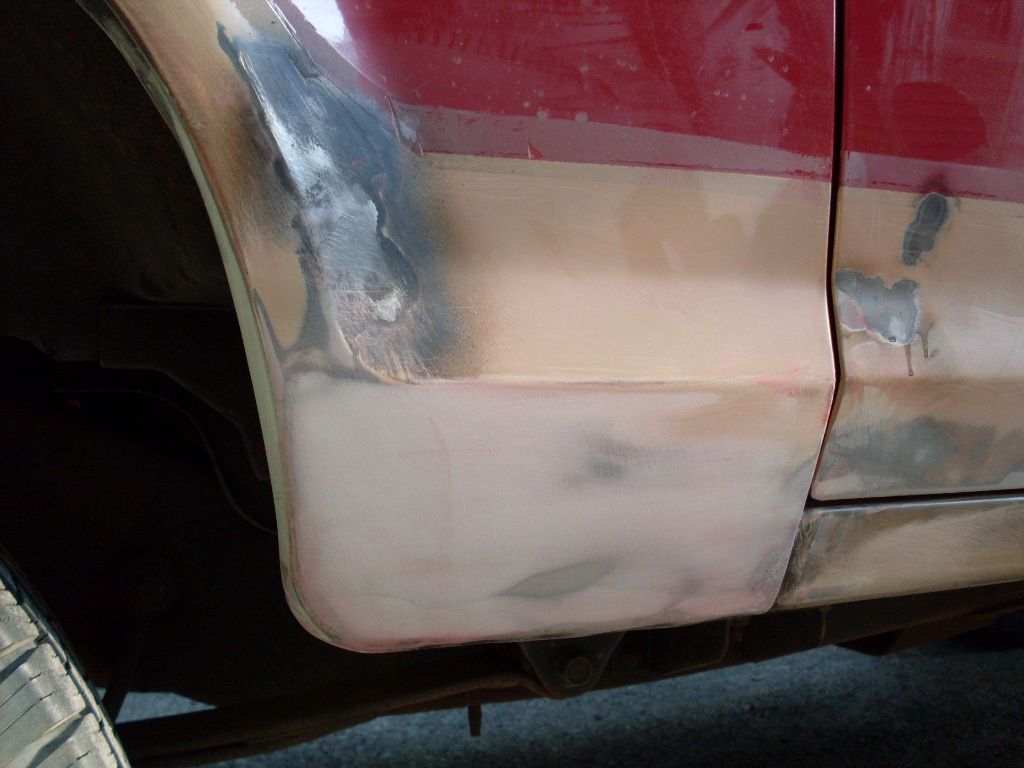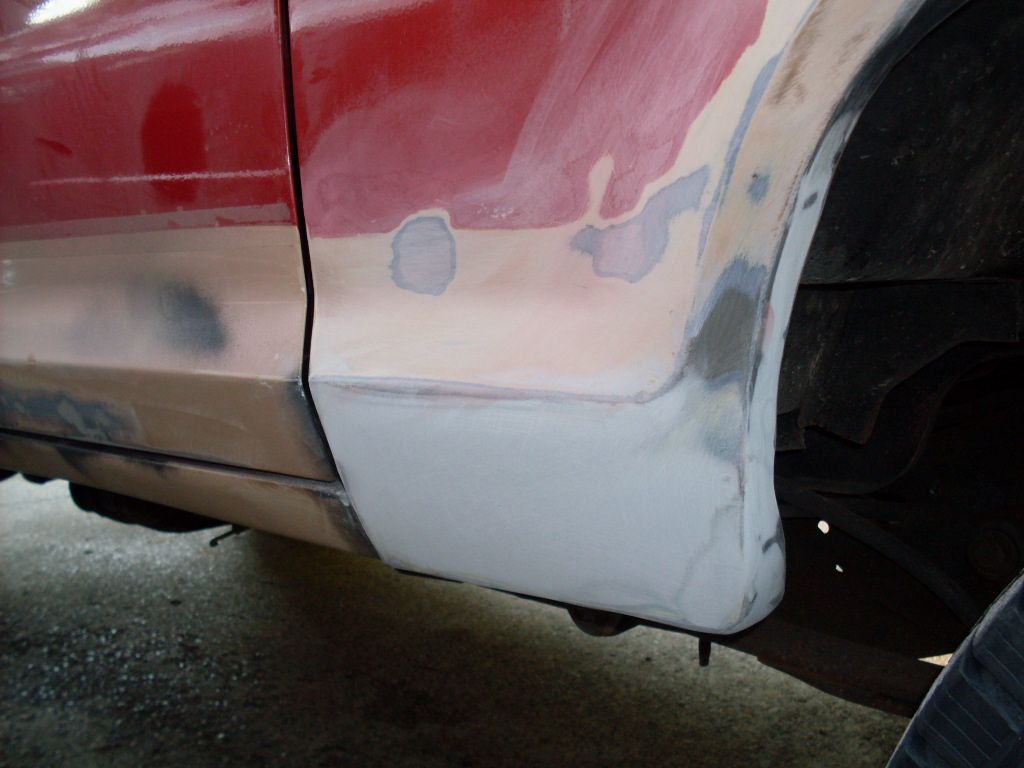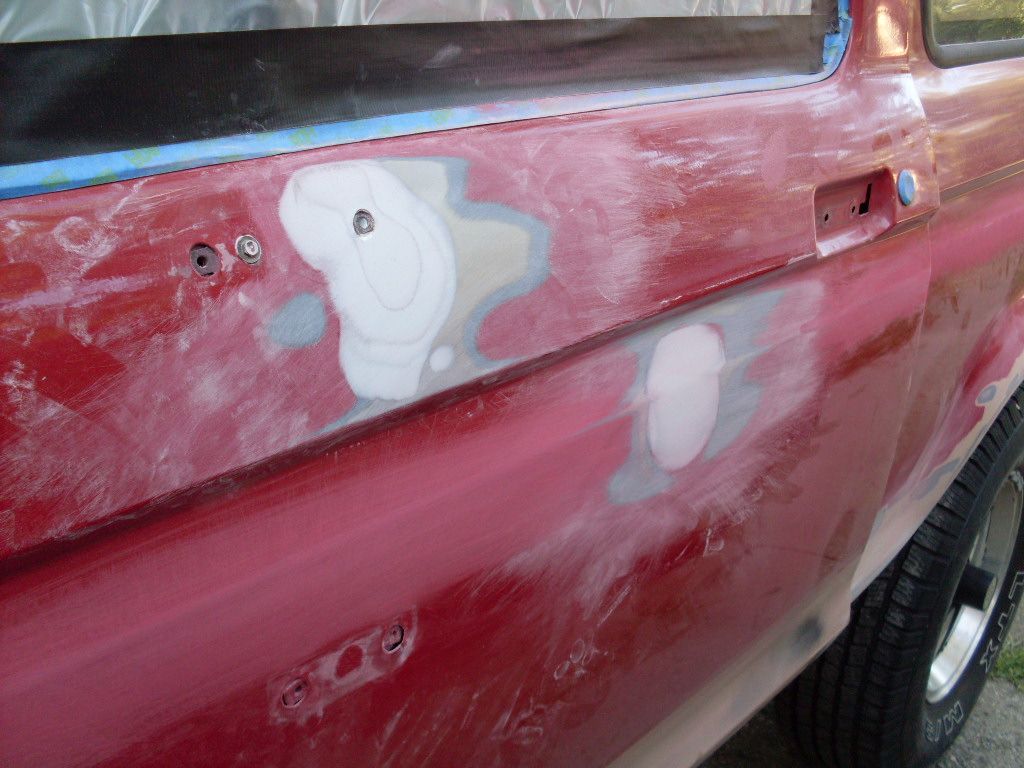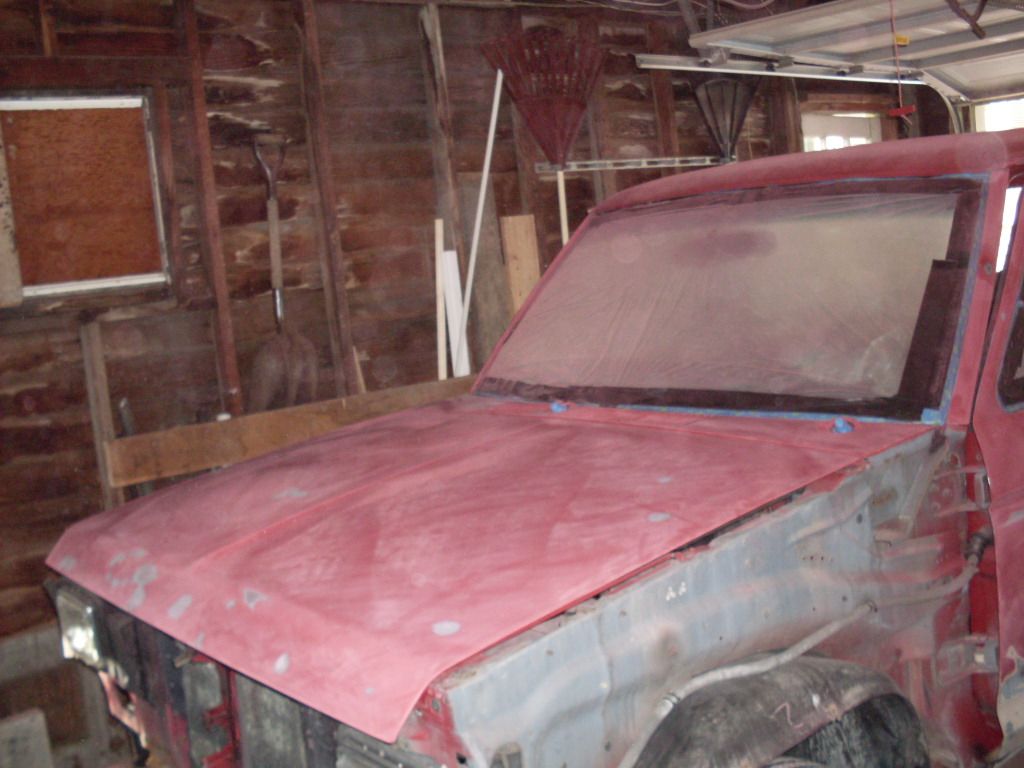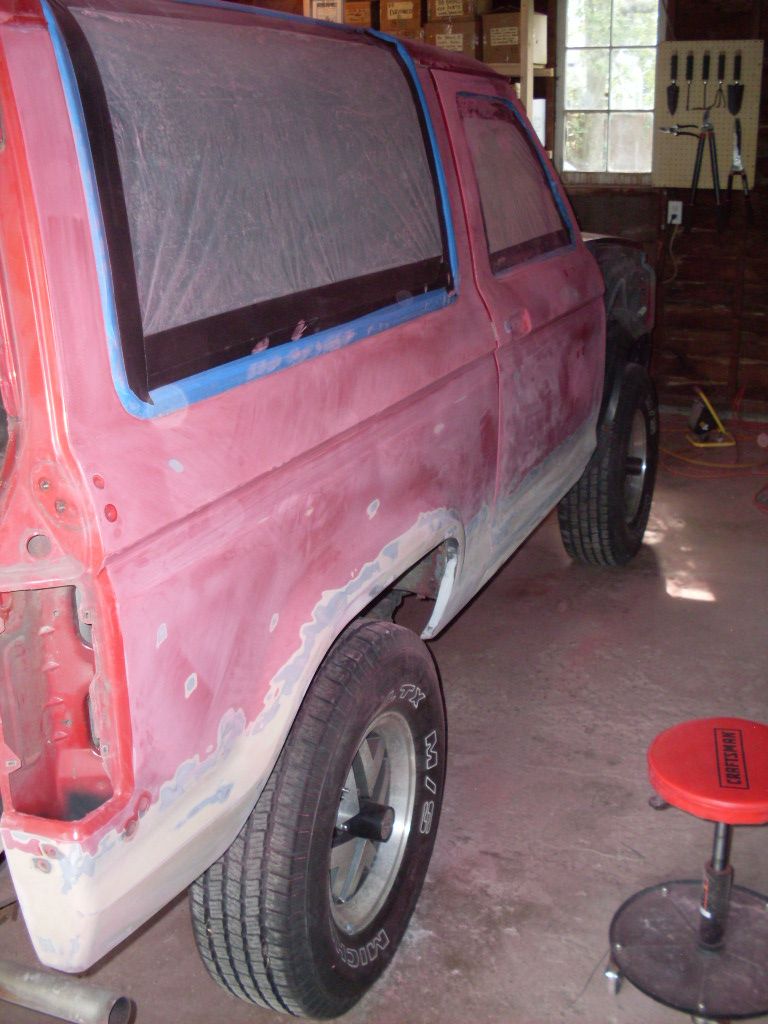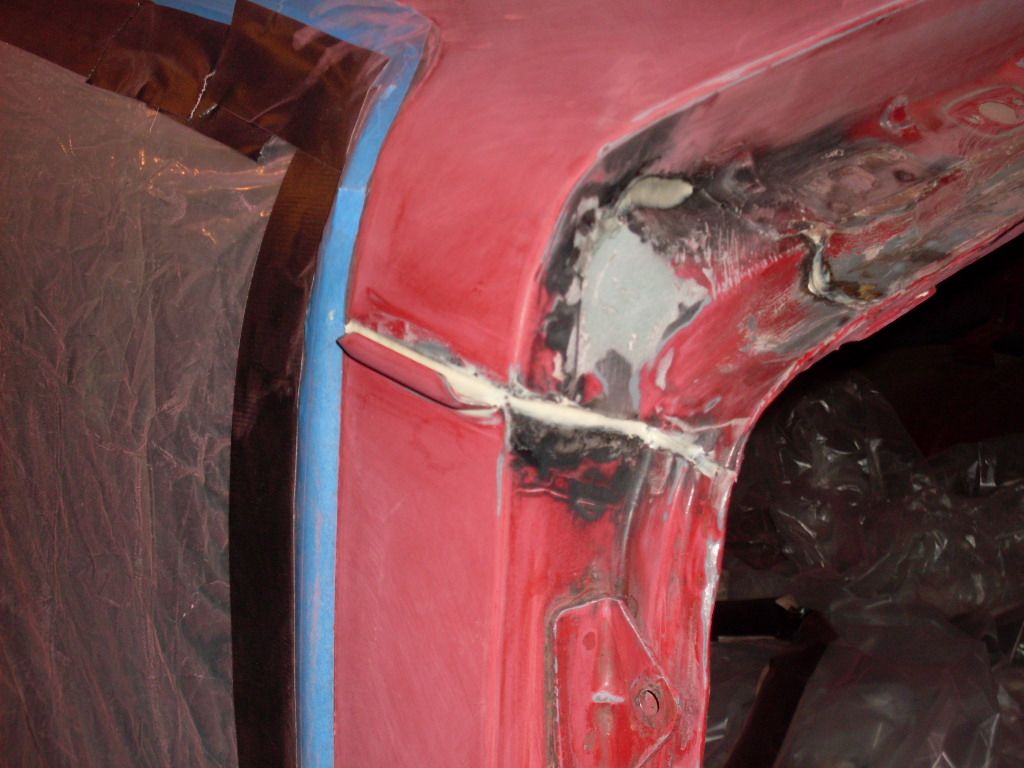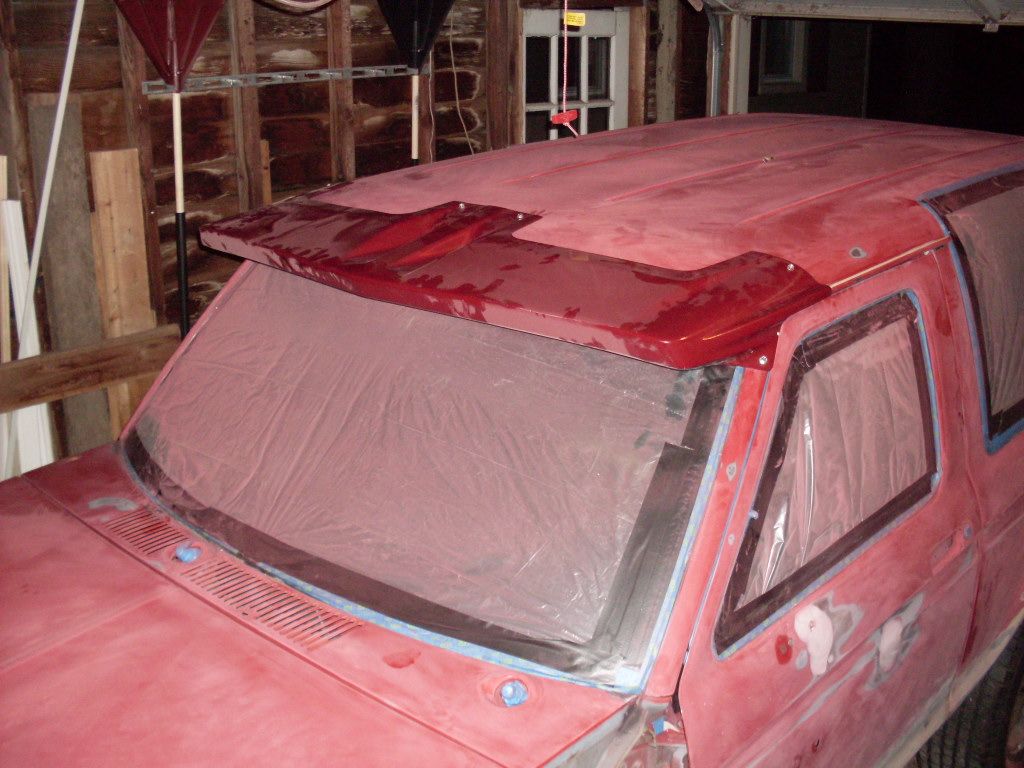In case it helps anybody I did looked into quite a few sprayers before settling on the Sharpe FX3000. My limiting factor was my small compressor that I suspect will be the same for most do-it-yourselfers. With unlimited cfm's I might have gone for the Devilbiss FL3 (great reviews) but the 13cfm@29psi requirement was just too rich for my blood. Anyway, here's the list:
Mid-grade:
- Binks SV100G HVLP, 10-14cfm@29psi
- Devilbiss FinishLine3 HVLP, 13cfm@29psi
- Sharpe Finex 3000 HVLP, 9.5cfm@29psi
- Sharpe Finex 2000 Conventional, 9.5cfm@43psi
- Astro EuroHV HVLP, 9-10cfm@29psi
- Astro QUL Conventional, 6-12cfm@30-90psi
- Ingersoll Rand 270G HVLP, 8cfm@40psi
Low-grade:
- Campbell Hausfeld HVLP, 6.3cfm@40psi
- Vaper HVLP, 7-9cfm
- Kobalt HVLP, 5.8cfm
 I would say not that is not common. If I can in any way get to the rear of the panel, I definitely paint it. I use a rust paint to seal the weld. It's a very good idea to seal up the backside if at all possible.
I would say not that is not common. If I can in any way get to the rear of the panel, I definitely paint it. I use a rust paint to seal the weld. It's a very good idea to seal up the backside if at all possible.